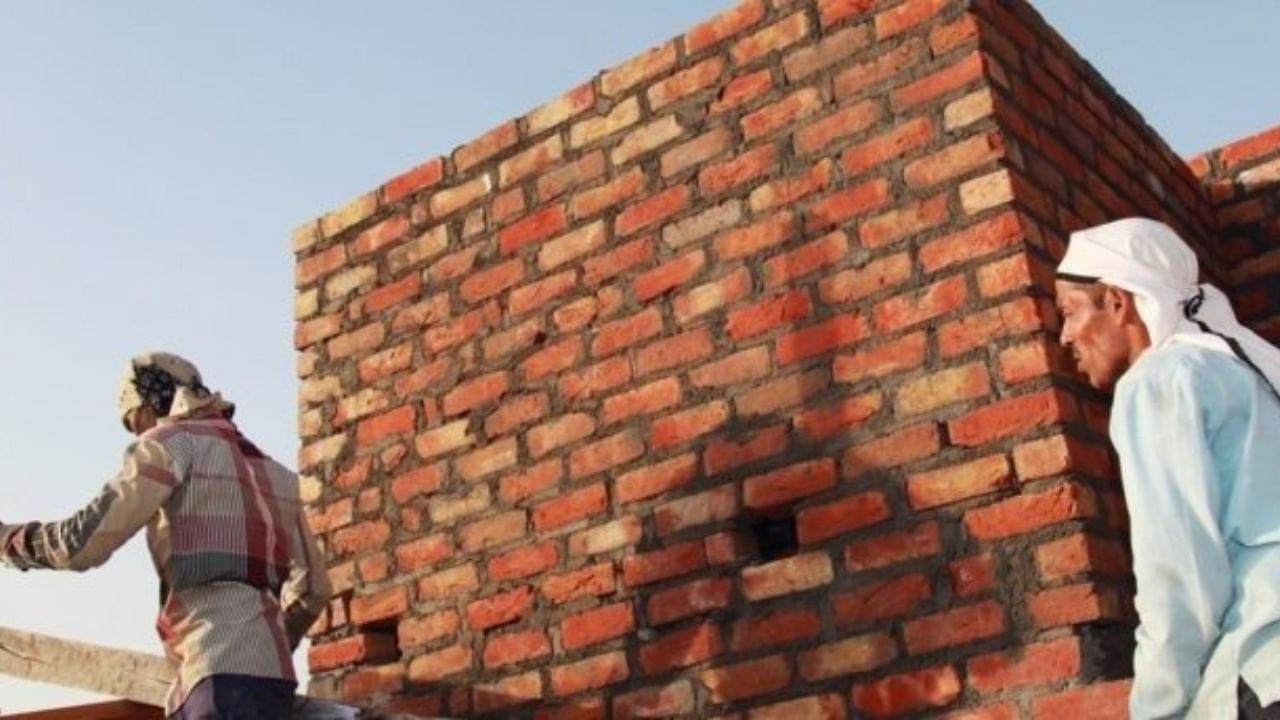
The budget for the Financial Year 2023–24 is progressive, growth-oriented, and driven by capital expenditure (Capex) to sustain the GDP growth of 7 per cent and keep the momentum by creating a virtuous cycle of investment of Rs 10 lakh crore allocated for Capex via the multiplier effect of investment, employment, income, consumption, and savings cycles, in addition to pump-priming the nascent private investment.
Shockingly, the critical thrust of the government—”Housing for all by 2024” (extended from 2022)—has not been seriously addressed in the budget except for allocating Rs 79,590 crore, 66 per cent higher than the previous year’s allocation of Rs 48,000 crore under the Prime Minister Awaz Yojana (PMAY). The allocation is automatic to complete the under-construction houses under PMAY (Urban) and PMAY (Grameen), the performance of which has been unsatisfactory and dislocated during the Covid period.
The real-estate sector, contributing 10-12 per cent to GDP, supporting 250 ancillary industries, and employing the highest organised and unorganised workforce (next only to the agriculture sector), has been orphaned in the budget.
All the stakeholders, including industry bodies, banks, Housing finance Companies (HFCs), and Non-Banking Finance Companies (NBFCs), have pleaded for practical, meaningful, and sustainable interventions in the real estate sector, which, in the post-Covid period, is witnessing stalled housing projects and reluctance by the bankers to lend to builders at reduced interest rates, affecting the ‘supply side’ of affordable housing. This has exacerbated the burgeoning inventory of unsold housing stock in the seven metros, which now stands at over 5 lakh units.
The demand-side story is no different. Surprisingly, the budget has not accorded any significant direct income tax benefits nor increased the rebates under the various Sections like 80C, 24B, and 80EEA, which pertain to benefits and deductions for ‘affordable housing’ and rebates under principal and interest for borrowers who avail housing loans from banks and HFCs under the old IT slab regime.
However, under the “new IT regime,” introduced three years ago, the income limit for rebate of income tax has been increased from Rs 5 lakhs to Rs 7 lakhs, the exemption limit has been increased to Rs 3 lakhs, and the tax slab rates have been rationalised, viz., Rs 0 to Rs 3 lakhs: Nil; Rs 3 lakhs to Rs 6 lakhs: 5 per cent; Rs 6 lakhs to Rs 9 lakhs: 10 per cent; Rs 9 lakhs to Rs 12 lakhs: 15 per cent; Rs 12 lakhs to Rs 15 lakhs: 20 per cent; Rs 15 lakhs and more: 30 per cent. The ultimate goal of the government is to transition tax payers from the “old regime” to the “new regime,” which taxes less without the frills of “rebates” and makes the system lean, simple, and beneficial to the middle class. Even the highest surcharge rate on income above Rs 5 crore has been slashed from 37 per cent to 25 per cent under the new regime.
Also Read: Budget 2023 offers a mixed bag for startups
The tax exemption limit has been enhanced to Rs 25 lakhs on leave encashment on retirement for non-government salaried employees, which is welcome. The long-standing demand for setting right the anomalies in the PMAY/CLSS schemes, the GST, and RERA issues remains unaddressed.
Under PMAY, MIG1 and MIG 2, 90 sqm and 110 sqm carpet area being the benchmarks to be categorised as affordable housing - the GST council shockingly stipulates carpet area of 60 sqm in non metros and 90 sqm in 6 metros and makes the candle burn at both ends by capping the value of the apartments at Rs 45 lakhs to avail the 1 per cent GST benefit without input credit.
The high expectation of enhancement by at least Rs 3 lakhs under Section 80C towards principal repayment and Rs 5 lakhs towards interest servicing on housing loan EMIs under Section 24B and expanding the definition of affordable housing from Rs 45 lakhs to at least Rs 75 lakhs in metros and Rs 55 lakhs in Tier 2 places to claim benefits under Section 80EEA and 80EE has not materialised.
No mention is made of promoting or boosting rental housing to overcome the urban housing crisis, especially in the post-pandemic period when the young workforce is migrating to urban centres for employment.
The long-standing demand to accord “infrastructure” status to real estate, which is presently restricted to only “affordable housing,” remains on the wish list. This will discourage the builders from taking up affordable housing projects, as they will be deprived of reduced interest rates on their loans from banks/HFCs.
The demand for affordable housing is already dwindling, falling to 26 per cent in 2022 from 39 per cent in 2018. Even the supply of affordable housing has been affected and has reduced to 20 per cent out of 357650 units in 2022, compared to 26 per cent of 2,36,700 units in 2021. This will totally dampen the housing sector and reduce demand for housing loans from banks/HFCs, where already the interest rates on housing loans are soaring from 6.5 per cent to 8.5 per cent and upwards.
With no incentives for “green housing” initiatives and a special window for NBFCs to access “cheap funds” for a long tenure to fund AH projects leaves the real estate sector in a lurch.